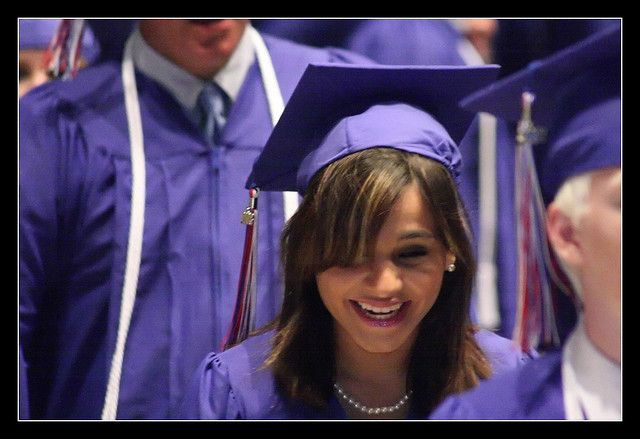
In a 2009 address to a Joint Session of Congress President Barack Obama proclaimed that "by 2020, America will once again have the highest proportion of college graduates in the world." He asked every American to commit to at least one year or more of higher education or career training.
Now, a new report has shed some light on the role of Hispanics in achieving the Obama administration's goal. According to the Excelencia in Education's initiative, Hispanic students will need to earn 5.5 million certificates or degrees over the next several years for the U.S. to become the best educated, most competitive workforce in the world.
In 2008, 91 percent of Asian, 81 percent of White, 64 percent of Hispanic, 64 percent of Native American, and 62 percent of African American students graduated, according to the U.S. Department of Education.
More than 2 million Hispanics ages 18 to 24 were enrolled in college last year, making up a record 16.5 percent share of enrollments in that age group at two-year and four-year universities.
Many people have called the president's goal ambitious and farfetched and now, for that goal to be met, Latinos must graduate from college at much higher rates than currently taking place.
Currently, only 21 percent of Hispanics in America hold an associate's degree or higher compared to 30 percent of only African American males and 44 percent of only white males. Whites earn advanced degrees at twice the rate of Hispanics, and Asians are nearly three times as likely to hold a degree.
Several reports link poverty and socio-economic status to the Hispanic dragging.
"Over 40 percent of Latinos who are enrolled in college are the first in their family to go to college. And so you already have issues not just of enrollment but persistence to completion that require academic support," Deborah Santiago, at Excelencia in Education, told The Huffington Post in August.
Santiago also said that academic preparation of Latinos is below par.
"We tend to be in school districts that have less resources, less qualified teachers, and you have less academically prepared students through no fault of their own but because of where they got an education," Santiago said.
Over 250,000 associate and bachelor's degrees were awarded to Hispanics in 2010, but that number is low compared to the 1.2 million associate and bachelor's degrees awarded to white students and the 165,00o given to African American students.
The unemployment rate among Latino's is stagnant at 10.3 percent - the nation's second highest unemployment rate.
© 2025 Latin Times. All rights reserved. Do not reproduce without permission.



